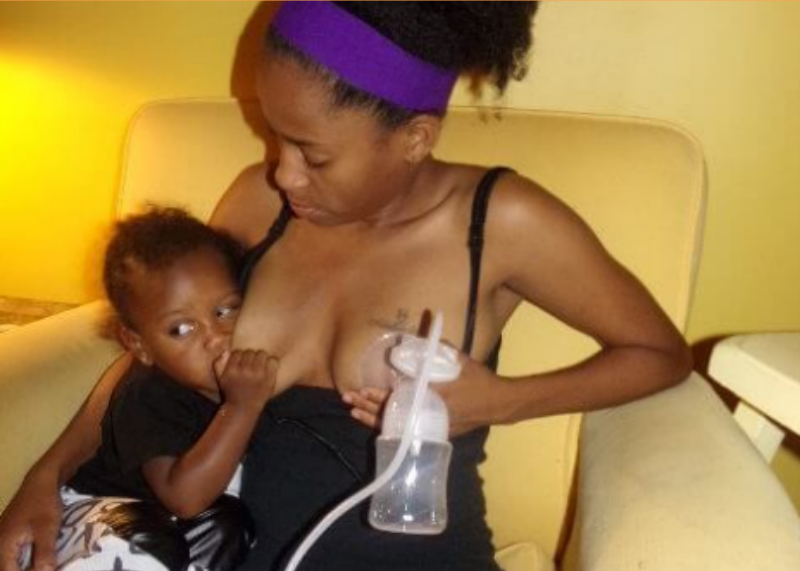Is baby wanting to feed every hour? You might be worried that baby isn’t getting enough milk. This is called cluster feeding, and it’s actually quite common – and could mean your baby is in a growth spurt. Continue reading to learn how growth spurts can impact your pumping routine, and what you can do about it.
What is cluster feeding?
Cluster feeding is when baby wants to eat more often than usual, sometimes as often as every hour or more. Sometimes baby will continue to feed for much longer than usual, as well. This is completely normal, and could mean your baby is going through a growth spurt. Your baby is cluster feeding to tell your body to make more milk, because she needs more nutrition to help her grow. Growth spurts aren’t just physical, too – babies often cluster feed during times of mental development such as learning to talk or walk. Your baby may cluster feed when she’s sick, too.
When do babies go through growth spurts?
According to Kelly Mom, babies will typically go through growth spurts at the following ages.
- 7-10 days old
- 2-3 weeks old
- 4-6 weeks old
- 3 months old
- 4 months old
- 6 months old
- 9 months old
Not all babies will go through these growth spurts at these exact times. Especially during the frst couple months, it might seem like baby is always in a growth spurt because you may not get any breaks between them (sorry!).
Growth spurts will typically last 2-3 days, but don’t be surprised if they last for up to a week – and baby continues to cluster feed for that long, too.
How can I pump more milk during my baby’s growth spurt?
If you’re exclusively expressing or pumping regularly to feed your baby expressed milk, you’ll need to plan on pumping more breastmilk to accommodate baby’s needs during a growth spurt (you may need to dip into that freezer stash, too).
Here are some ways you can use your breast pump to increase your milk supply:
Cluster pumping
Cluster pumping mimics the feeding pattern that baby would do while cluster feeding. You should set aside 3 hours to cluster pump, and plan to do that for 2-3 days after which you should see an increase in milk supply. A great time to do this is late at night or early in the morning when levels of prolactin, the milk-producing hormone are at their highest. You’ll be grouping several pumping sessions with short breaks between for the entire duration, so you’ll want to make sure you select a comfortable location with plenty of snacks and water (and maybe your favorite TV show or movie).
Power pumping
Power pumping is similar to cluster pumping, but takes a bit less time as you’ll only need to plan on doing this for a 1-2 hour block each day, after which you should see an increase in milk supply. Power pumping is when you pump for a short duration and then pause for a couple minutes, and repeat the process for an hour or so. This mimics the feeding pattern that baby might do during a growth spurt.
Other ways to use your breast pump to increase your milk supply
If you’re breastfeeding, you can add additional pumping sessions between feeds to increase your milk supply. This is essentially the same concept as cluster pumping, but you’re adding baby into the mix.
You can also try pumping on one side while baby nurses on the other. Read our complete guide for more ways you can increase your milk supply during a growth spurt:


